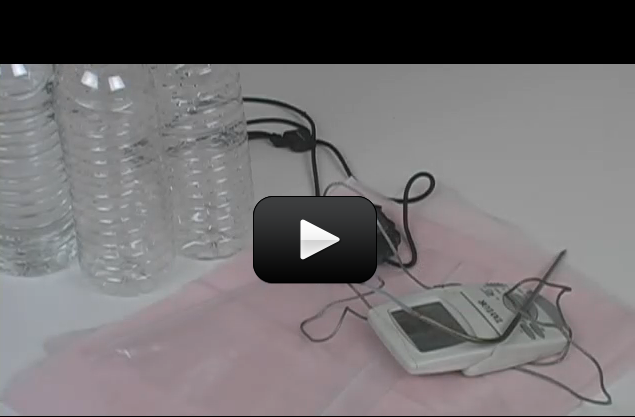Scientists do experiments here on Earth to better understand the physics of distant worlds. We’re going
to simulate the different atmospheres and take data based on the model we use.
Each planet has its own unique atmospheric conditions. Mars and Mercury have very thin atmospheres, while Earth has a decent atmosphere (as least, we like to think so). Venus’s atmosphere is so thick and dense (92 times that of the Earth’s) that it heats up the planet so it’s the hottest rock around. Jupiter and Saturn are so gaseous that it’s hard to tell where the atmosphere ends and the planet starts, so scientists define the layers based on the density and temperature changes of the gases. Uranus and Neptune are called ice giants because of the amounts of ice in their atmospheres.
Materials
- 4 thermometers
- 3 jars or water bottles
- Plastic wrap or clear plastic baggie
- Wax paper
- Stopwatch


nice!
I send out emails every Sunday about the upcoming week’s classes, so please check your email (also check spam and junk folders if needed). The live classes are archived here: https://www.sciencelearningspace2.com/science-with-aurora/
this isn’t a question about atmospheres but i just wanted to know how i would know about the live classes thank you.